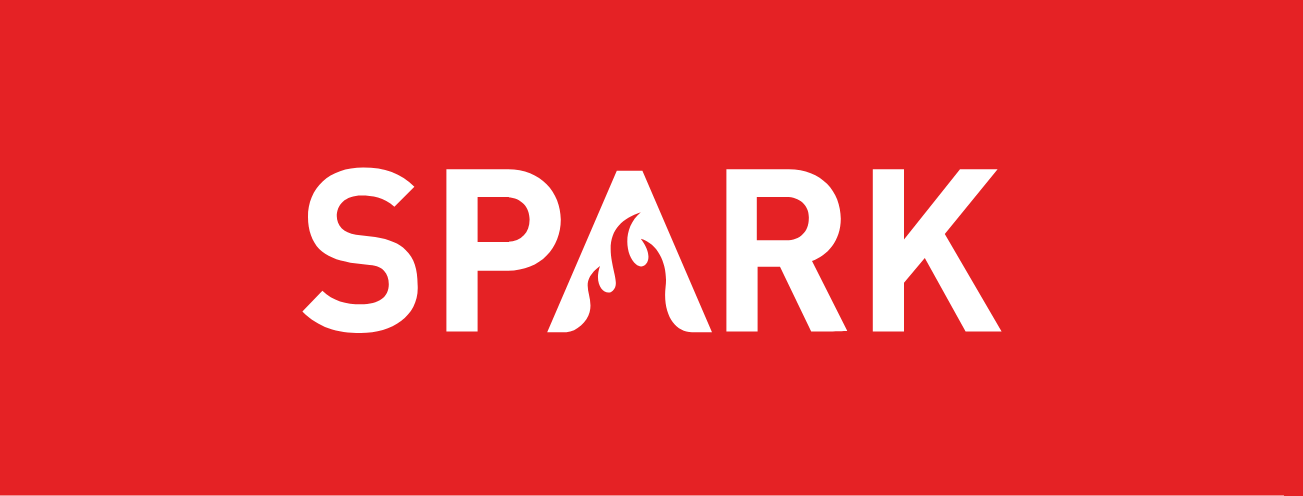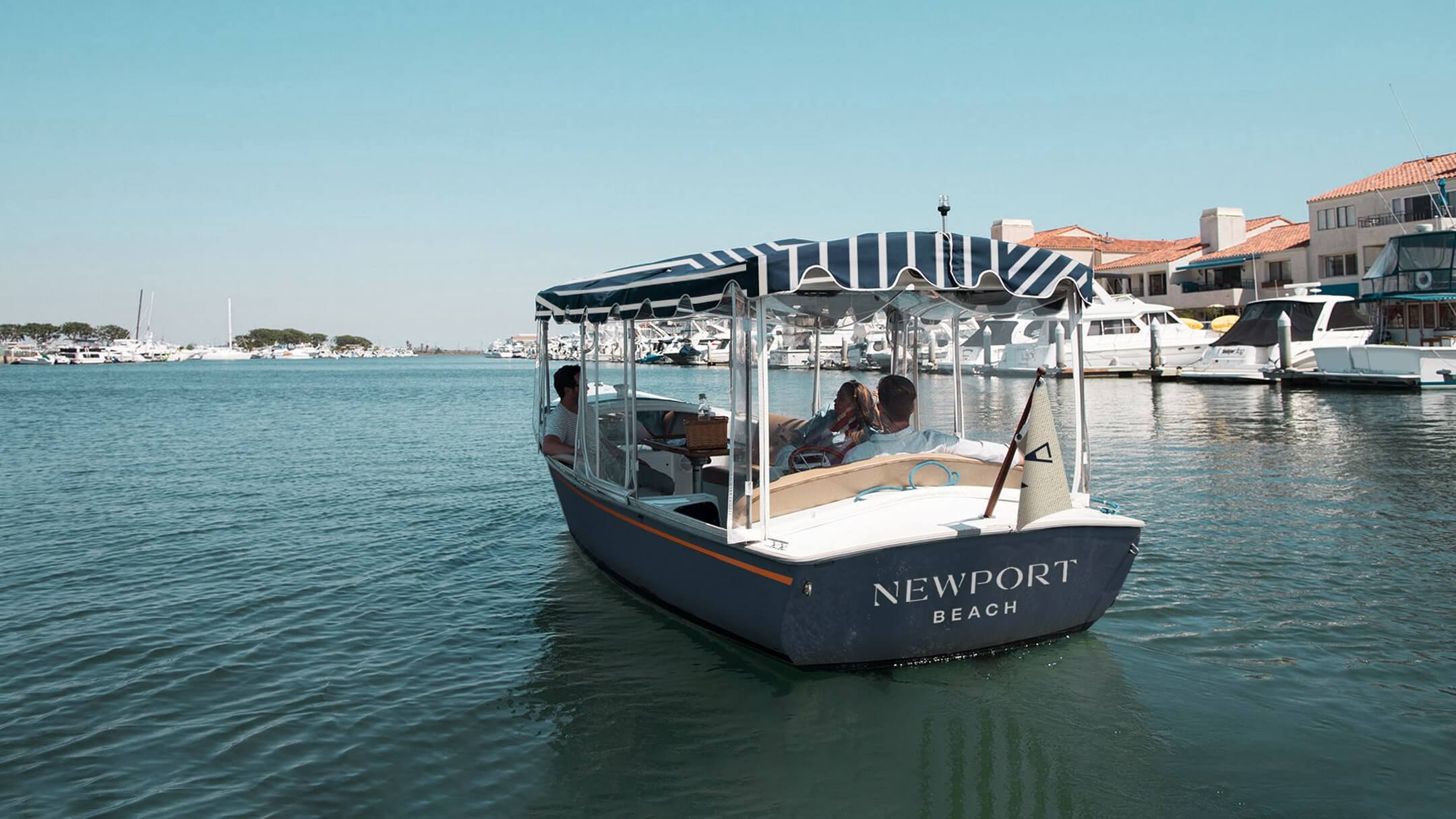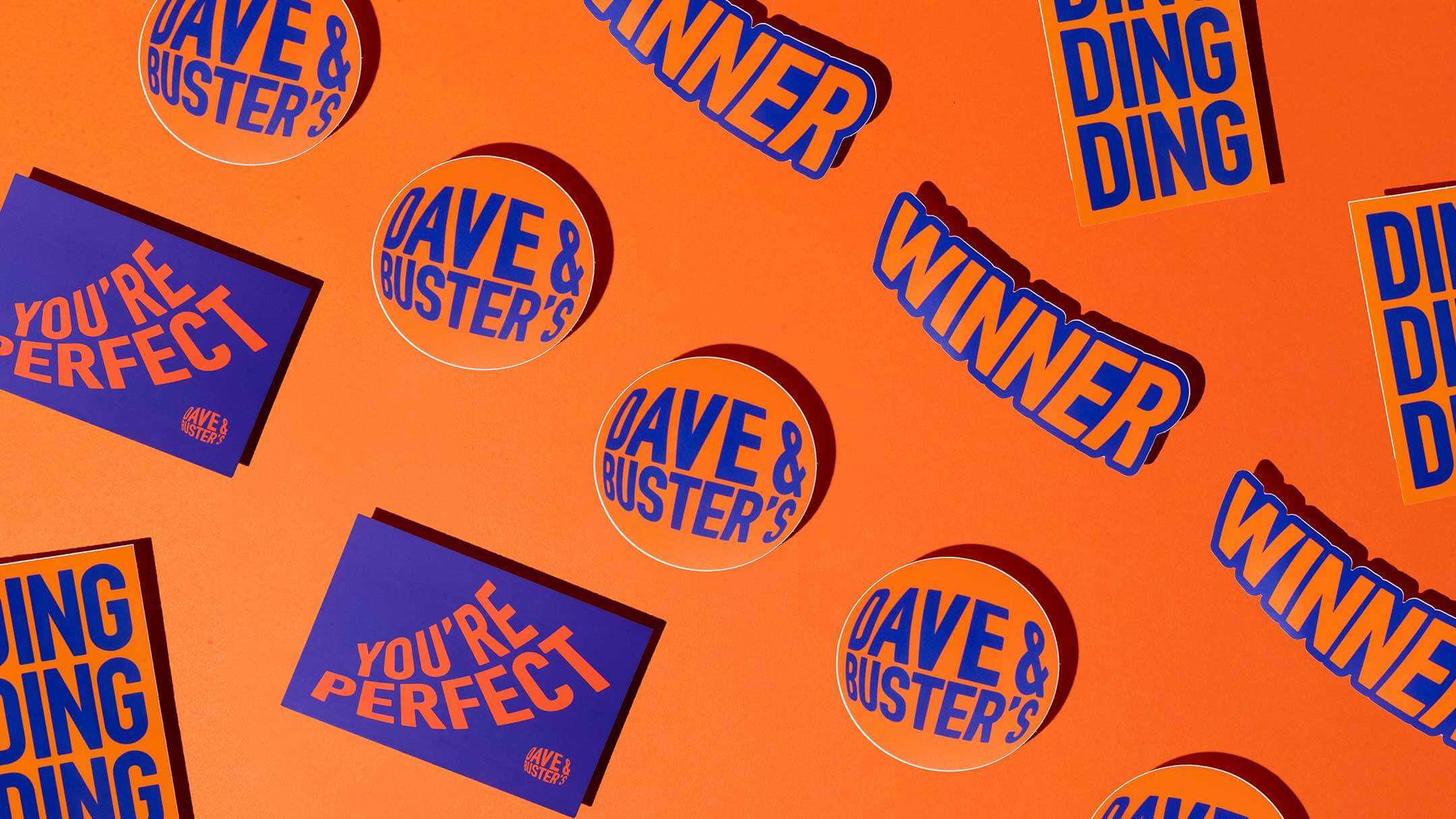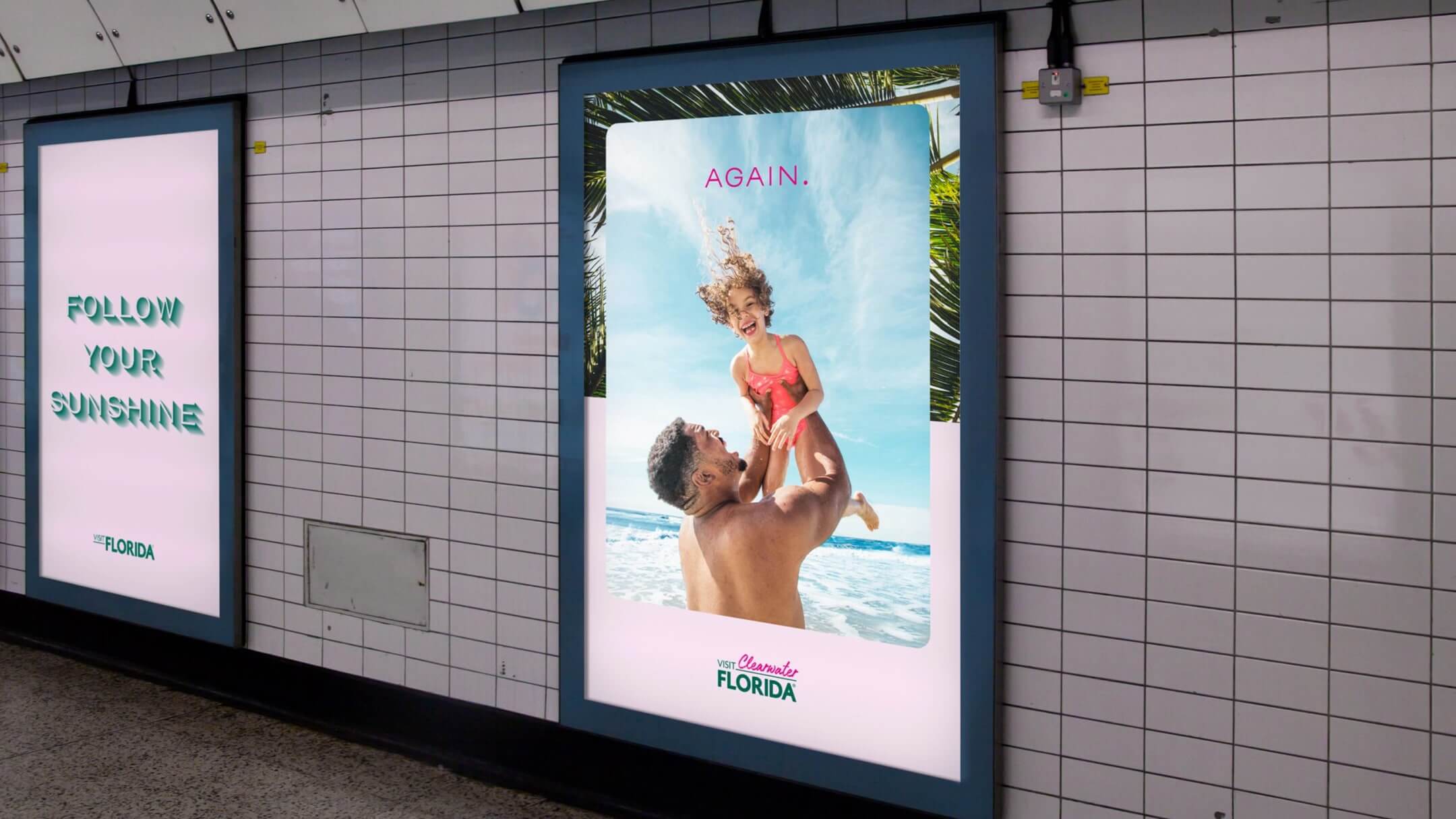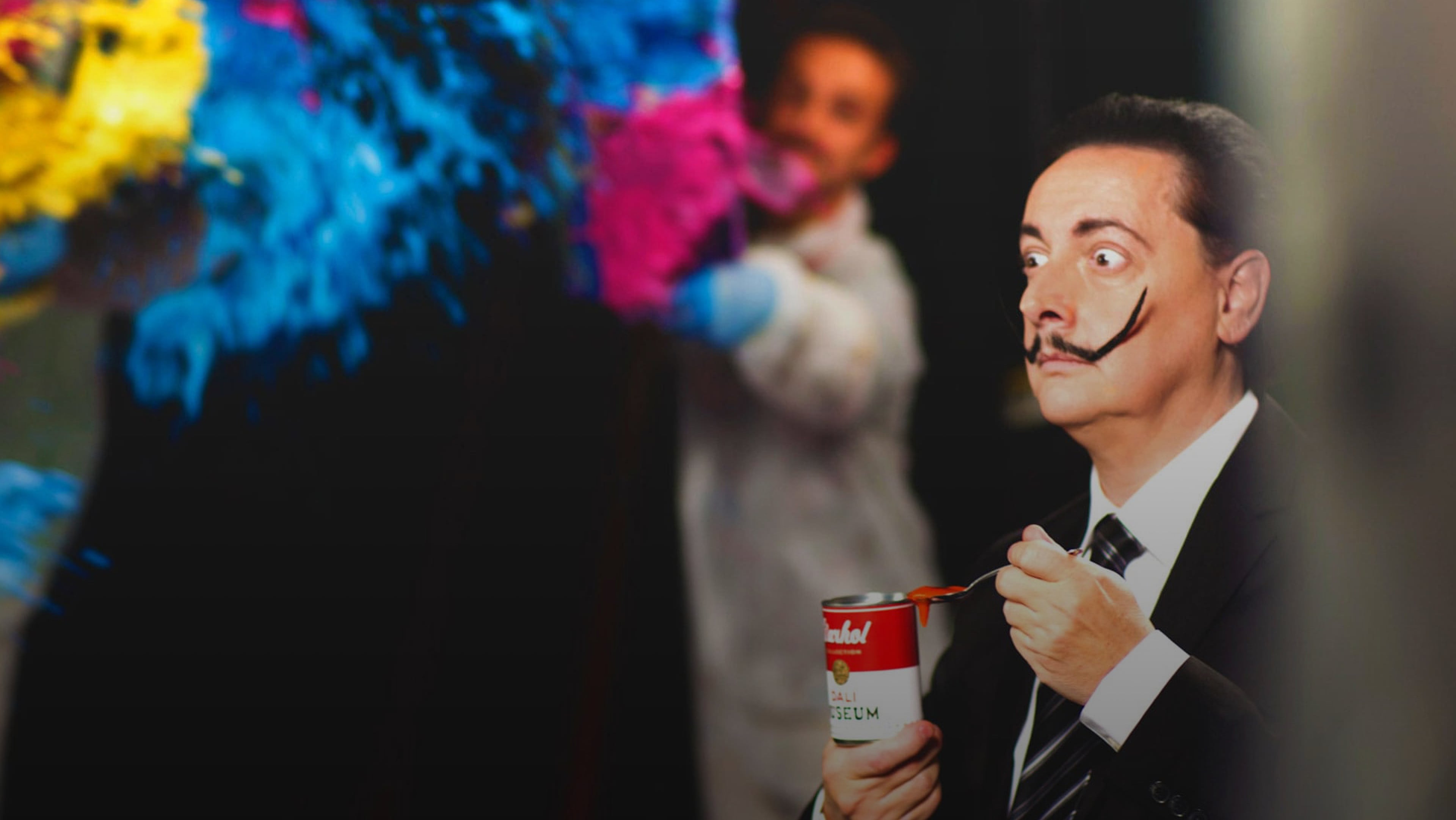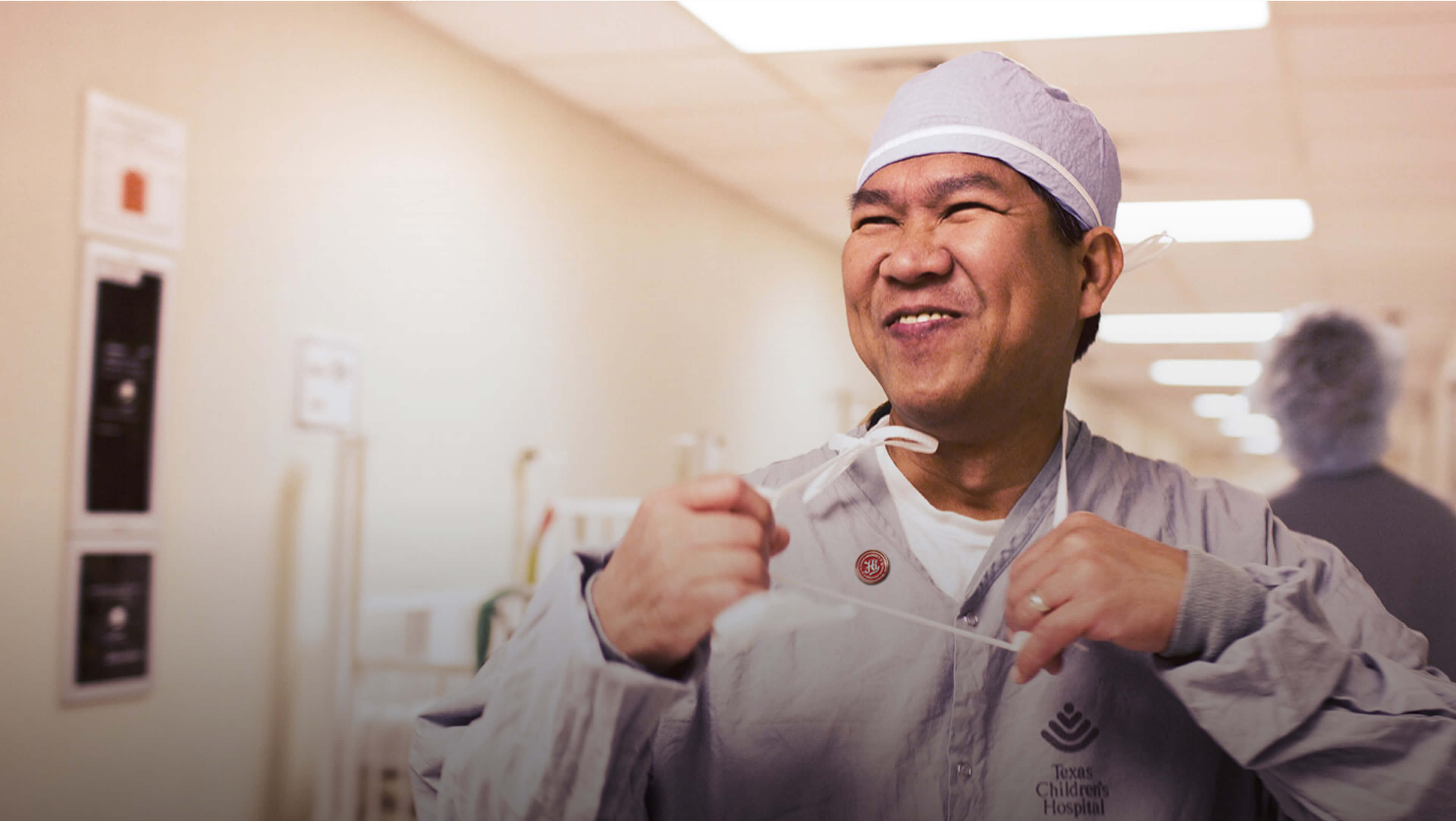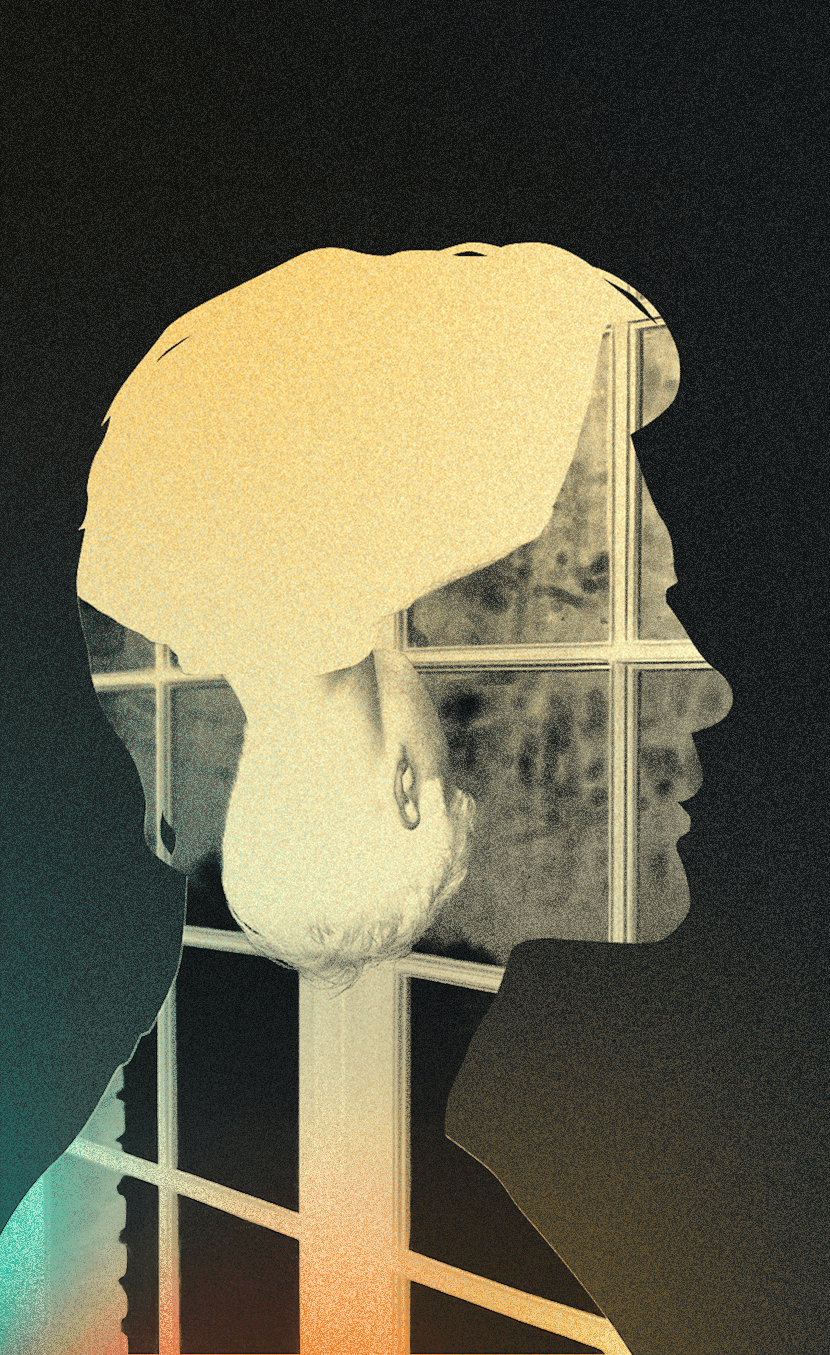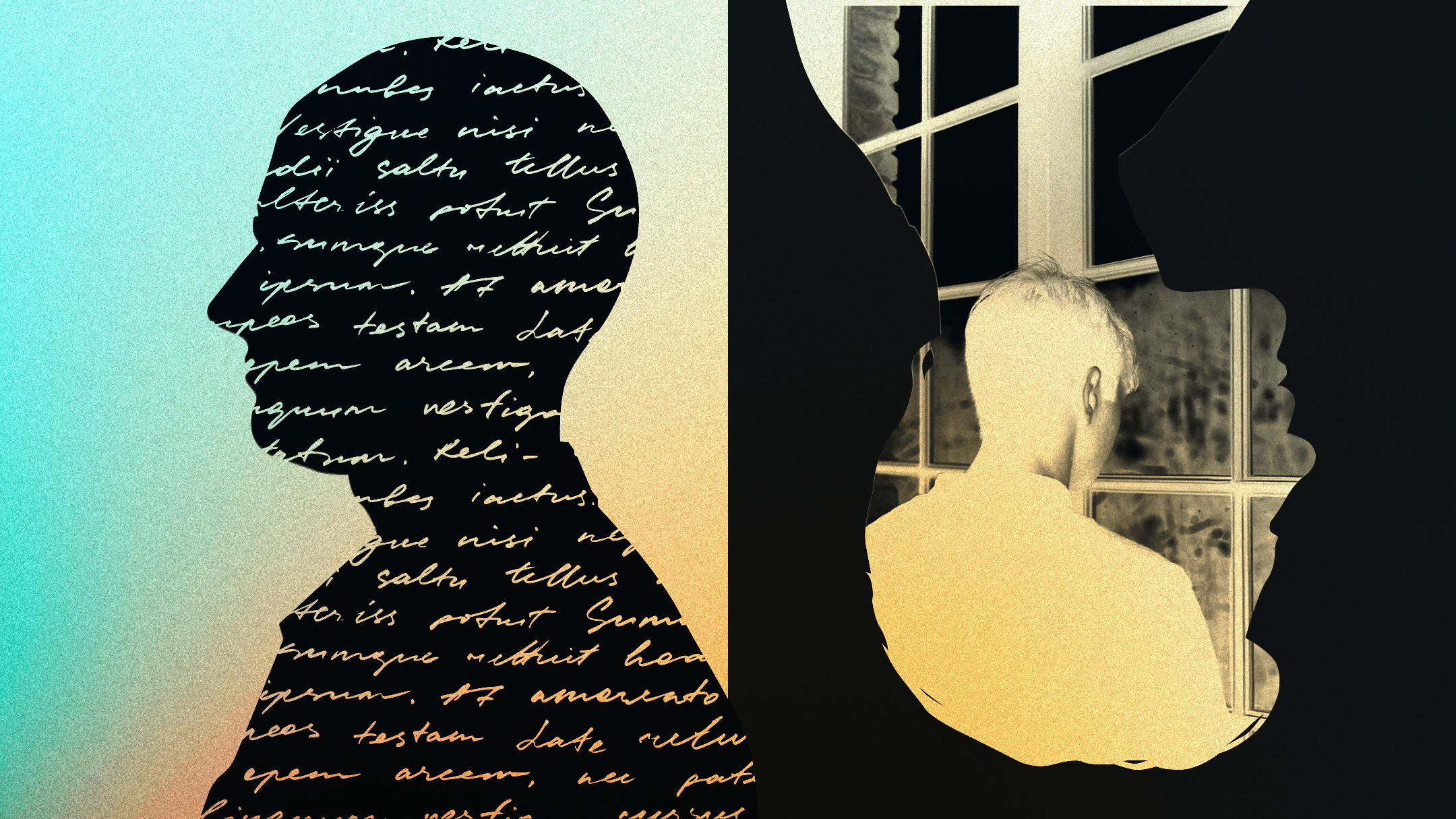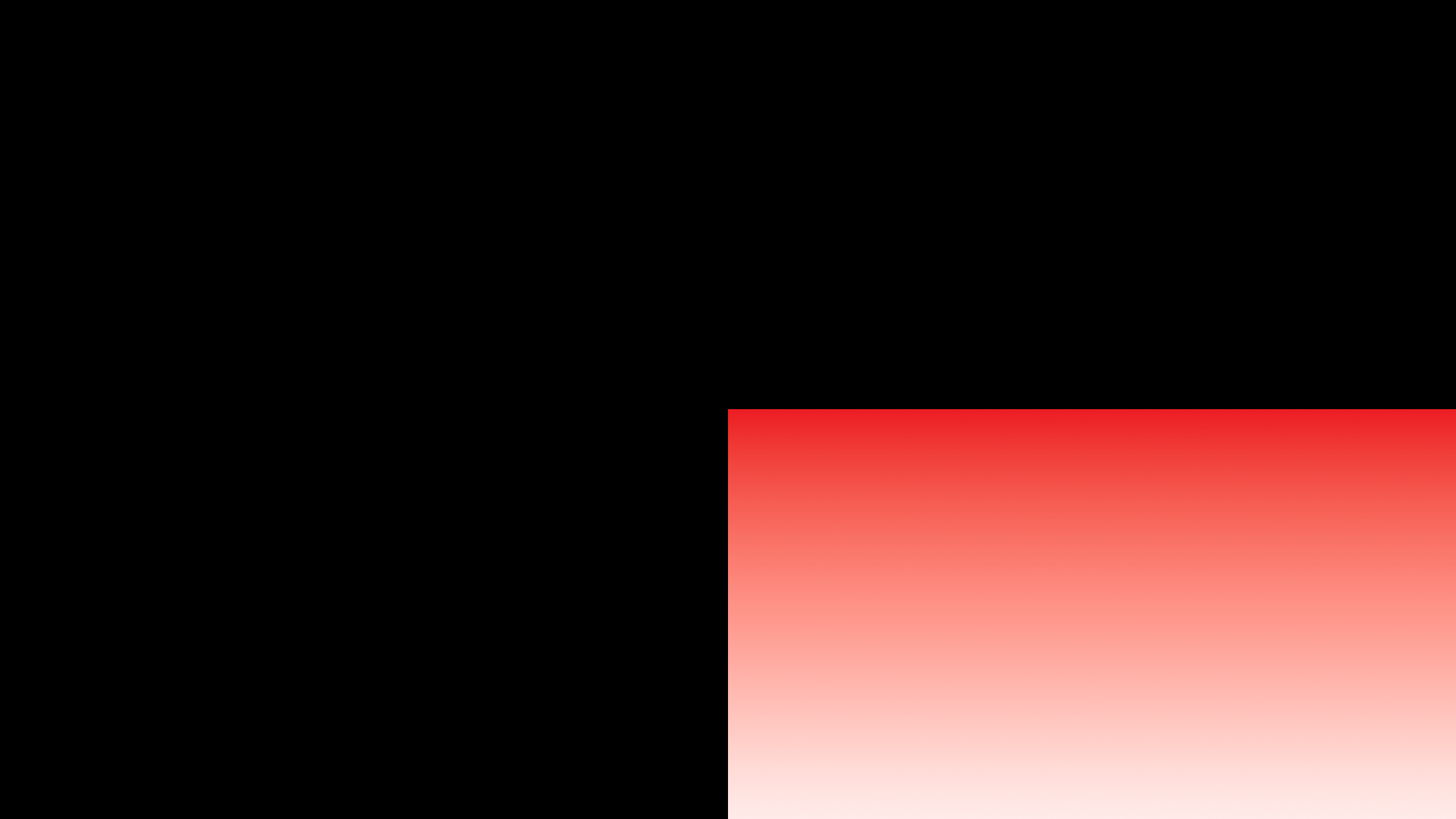Thinking Opposite: Why Challenging Your Ideas is the Ultimate Creative Tool
In the fast-paced world of creative agencies, sometimes the most effective way to move an idea forward is to turn it completely around. This concept has profound implications for approaching challenges, developing strategies, and delivering impactful work.
For creative professionals, this isn’t just an exercise in novelty—it’s an approach that can redefine how we work. In environments constantly demanding fresh thinking, questioning assumptions and flipping perspectives can elevate good ideas into great ones. By embracing the spirit of Opposite Day, agencies can uncover insights that might otherwise remain hidden, leading to work that resonates on every level.
The Value of Flipping Ideas
Flipping an idea—challenging it, reversing it, imagining its complete opposite—can feel counterintuitive. After all, our ideas are rooted in passion, research, and conviction. Why dismantle something we believe in?
Because breaking it down makes it stronger. Turning an idea around reveals overlooked flaws and untested assumptions. What if the audience reacted differently than expected? What if the narrative leaned toward an opposing conclusion? What if the visuals redirected focus entirely? Asking these questions refines ideas, preparing them to withstand scrutiny while making them more impactful.
This process builds resilience within teams and equips agencies for feedback—whether from clients, collaborators, or the market itself. For agencies, the practice starts with fostering an environment where challenging assumptions are encouraged. Practical strategies include:
Encouraging opposition: Dedicate meeting time to explore “what if” scenarios that directly challenge ideas. Questions like “What would happen if we reversed the audience’s role?” or “What if we argued against this idea?” often reveal new opportunities.
Testing extremes: Imagine a future where the idea has either failed or surpassed expectations. Working backward from these scenarios exposes risks and inspires solutions.
Exploring opposites: Push beyond safe iterations to explore complete reversals. While these inversions may not make it to the final cut, they often surface insights that strengthen the outcome.
Challenging expertise: In a fast-paced world, what was a best practice yesterday may be obsolete today. Encouraging team members to question their own expertise—breaking free from the comfort zone of industry norms or role-specific assumptions—can unlock fresh thinking and innovative ideas.
Breaking echo chambers: Long-standing familiarity with accounts, industries, or roles can unintentionally foster groupthink. Actively seeking outside perspectives or cross-disciplinary input ensures ideas remain dynamic and relevant.
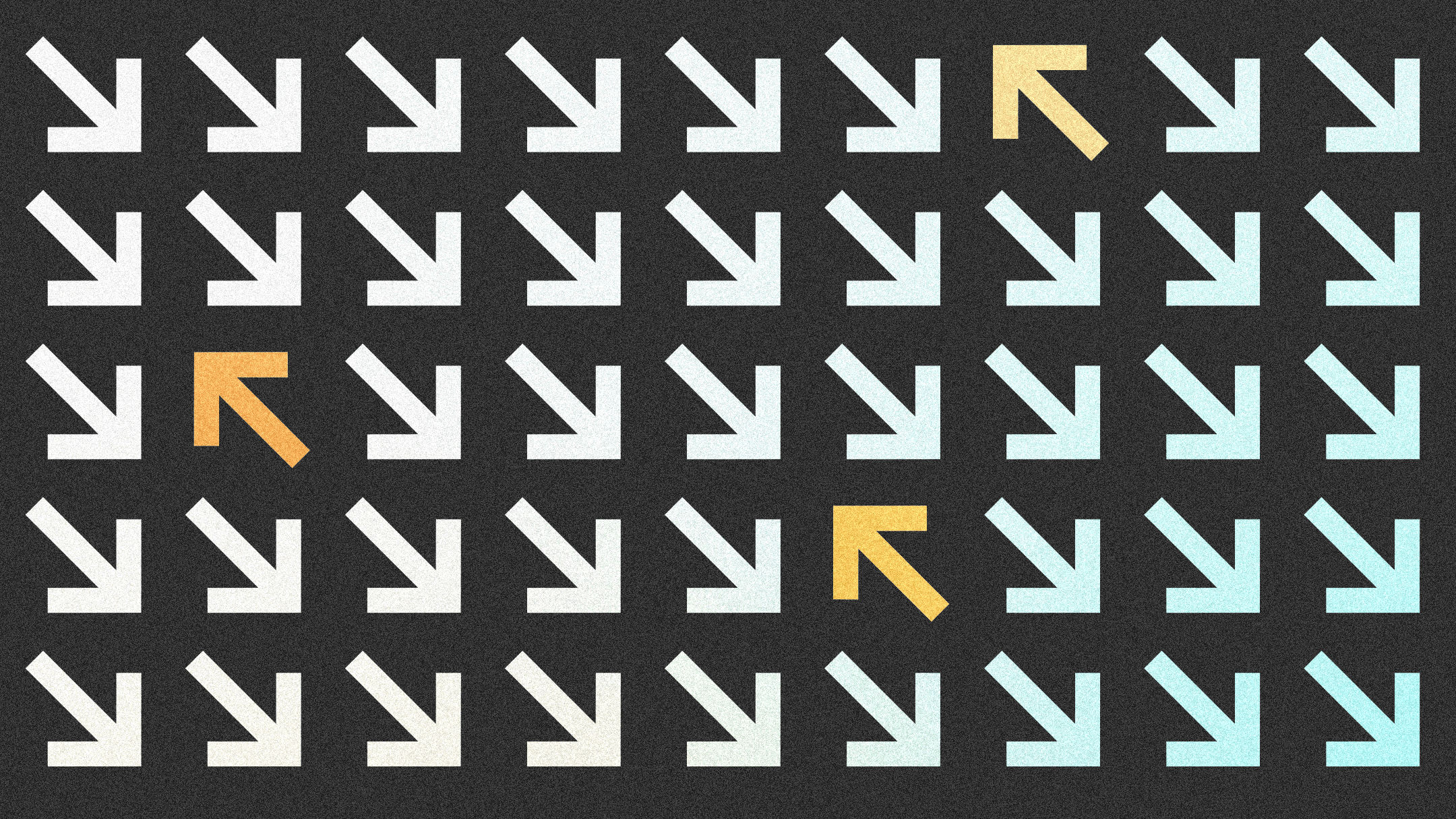
Making the Flip Work for Clients
Clients often hesitate to embrace bold or unconventional ideas, especially if they feel untested. Helping them see the value in flipping perspectives requires collaboration and clear communication. A key part of this process is demonstrating that the team has already poked holes in the concept and solved potential challenges before presenting it. This proactive approach positions agencies as thoughtful partners dedicated to client success, not just vendors.
To align clients with this approach:
Highlight the rigor: When presenting a concept, introduce not just the idea but also its opposites, alternatives, and potential objections—along with how those challenges have been addressed. This signals thorough preparation and instills confidence. Additionally, emphasize how the solution connects to the client’s business objectives and consumer truths.
Reframe the conversation: Use hypothetical scenarios or role-playing to shift discussions away from personal preferences and toward broader impacts. Asking, “What if we flipped this?” opens clients to new possibilities while addressing their concerns.
Show the evolution: Demonstrate how the idea has already been tested, adapted, and refined. This highlights that the concept isn’t a leap of faith but the result of deliberate exploration that delivers against business needs.
By showing that every angle has been considered, agencies position themselves as thoughtful partners prioritizing success. This collaborative approach fosters trust, encouraging clients to embrace bolder, more impactful solutions. Flipping perspectives doesn’t necessarily overturn clients’ ideas but builds a collaborative foundation where boldness feels approachable and achievable.
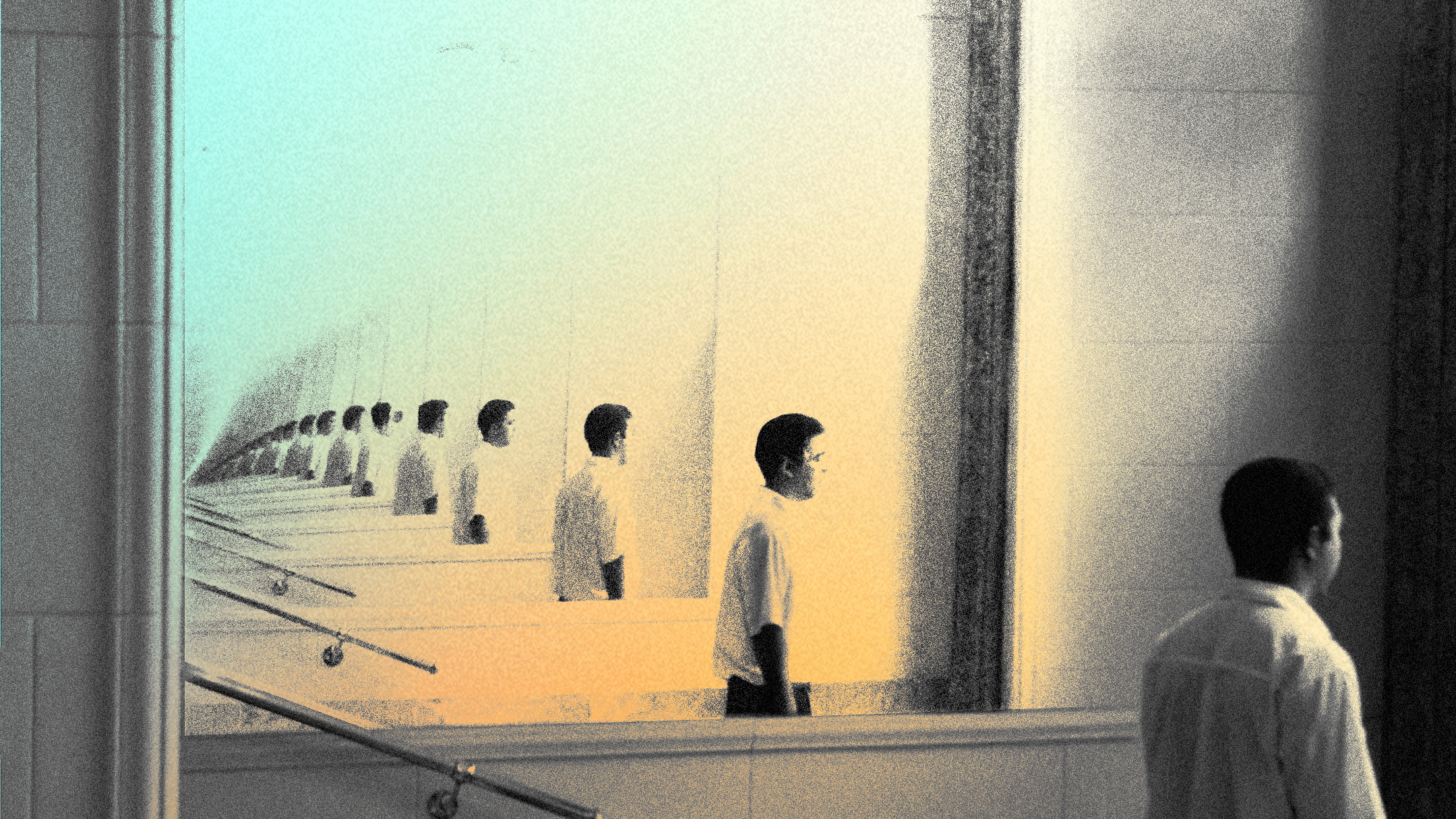
Beyond the Big Ideas
What makes this approach truly powerful is its versatility. While it drives bold, headline-worthy campaigns, it also supports the day-to-day operations that define agency life—and creates a real, meaningful impact on client business. From brainstorming sessions to project management, flipping perspectives creates a culture of openness and adaptability.
On a micro level, this mindset helps agencies navigate challenges like creative roadblocks or client feedback with the same rigor applied to large-scale campaigns. Questioning assumptions and reframing problems fosters an environment where teams and clients feel empowered to collaborate, improve, and innovate.
By adopting this perspective, agencies strengthen their creative processes, deepen client relationships, and produce work that stands out. Flipping ideas isn’t a practice reserved for daring moments—it’s a daily habit that drives growth, creativity, and collaboration. Questioning assumptions, flipping perspectives, and imagining opposites are tools to uncover pathways to better ideas, stronger teams, and deeper connections.
